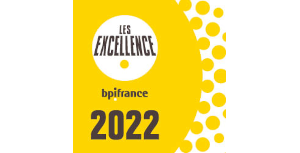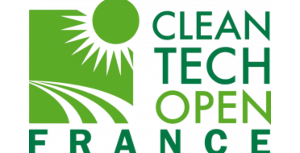As with the patent, the PVC allows its breeder to have an exploitation monopoly of the protected variety, but allows the use of this protected variety to select a new one and market it if it is sufficiently distinct.
In Europe, the patentability of biological material is regulated by Directive 98/44 / EC on the legal protection of biotechnological inventions. It defines the "biological material" as a material containing genetic information and that is self-reproducible or reproducible in a biological system (art. 2-1a) and the "microbiological process" as any process using a microbiological material, involving an intervention on a microbiological material or producing a microbiological material. It also describes "a process for obtaining plants" which is essentially biological if it consists entirely of natural phenomena such as crossing or selection. The concept of plant variety is referred to in the definition of Article 5 of Regulation (EC) No 2100/94 and is therefore that of PVD.
Thus, biological material is recognized as patentable if it meets the general patentability requirements of novelty, inventive step and industrial application. In addition, a biological material isolated from its natural environment or produced by a technical process may be the subject of an invention, even when it existed in the natural state, which reveals a certain boundary between mere discovery and the actual inventive step, which implies the non-obviousness of the invention in relation to the data available at the filing date of the patent application. A final condition is that inventions involving plants or animals are patentable if the technical feasibility of the invention is not limited to a particular plant variety or animal breed.
It is also stated that plant and animal varieties as well as the essentially biological processes are not patentable for the production of plants or animals without affecting the patentability of inventions for a microbiological process, or other technical processes, or a product obtained by these methods.
Finally, since July 1, 2017, the clarifications made to the implementing regulations of the European Patent Convention (EPC) explain that European patents are not granted for plants or animals obtained exclusively by means of an essentially biological process.
In France, the main elements of the directive are reproduced in Article L. 611-1 of the CPI with introduction of the definition of biological material, the patentability of plants and animals and the exclusion of plant and animal varieties of the patentability.
Are also taken from the Directive, in article L. 613-2-3 ICC, the principles according to which:
the protection conferred by a patent relating to a biological material endowed, by virtue of the invention, with specific properties extends to all biological material obtained from this biological material by reproduction or propagation and endowed with these same properties;
the protection conferred by a patent relating to a process for the production of a biological material endowed, by virtue of the invention, with specific properties extends to the biological material directly obtained by this process and to any other biological material obtained, from the latter, by reproduction or propagation and endowed with these same properties;
the protection conferred by a patent relating to a biological material endowed, by virtue of the invention, with specific properties does not extend to biological materials endowed with those specified properties, obtained independently of the patented biological material and by essentially biological process or biological materials obtained from them by reproduction or propagation.
As for PVC, this transposition establishes the authorization for the farmer to use the product of his harvest from a patented seed, for reproduction or propagation by himself on his own exploitation (L. 613-5-1). ICC: derogation of the farmer). Article L. 613-5-3 also contains a principle governing PVC according to which acts performed to create or discover and develop other plant varieties are free to be carried out (on an experimental basis without production and for the research).
|
Exploitation case |
Use of a biological product protected by a patent |
Use of a plant variety protected by COV |
|
to create a new variety |
Necessary to obtain the agreement of the patent holder and to pay fees to use the patented product for the purpose of marketing a new product |
Authorized for any breeder as a genetic resource in his selection schemes |
|
on an experimental basis without production and for research |
Authorized |
Authorized |
|
post-harvest for the propagation of the seeds (farm-saved seeds) |
Authorized for non-commercial, private (home gardener) or family purposes |
Authorized for unprofessional or non-commercial purposes, with PVC payment if appropriate |













